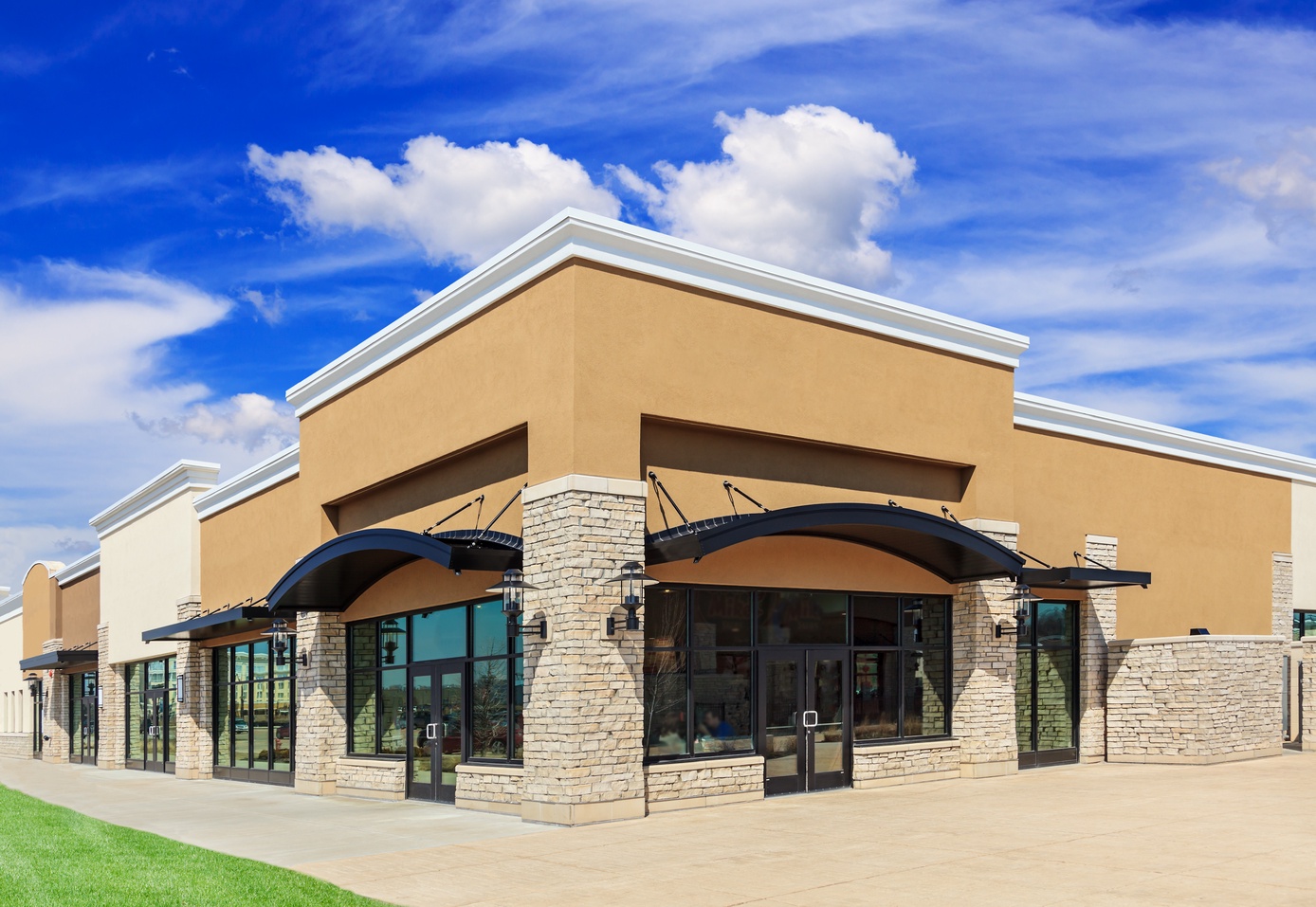
Brick-and-mortar sales continue to dominate the US retail scene despite naysayers’ predictions of their downfall due to the rise of e-commerce. The figures say it all: online retail has only totaled 11.4 percent of overall retail sales during Q4 2019. This is why retail properties remain as worthy investments.
Read the guide below to learn more about retail properties and what you need to consider to make a successful investment.
What counts as retail?
Retail real estate refers to commercial spaces where your tenants sell a product or service. This includes malls, strip malls, lifestyle centers, and power centers (massive lots predominantly occupied by a large chain or discounter).
The good and the bad
Like other types of properties and investment vehicles, putting money into retail centers comes with specific advantages and disadvantages. Here’s what to expect.
Pros:
-
- Flexible and long-term leases: Transactions involving commercial properties are not as stringent as those for residential properties. As a result, investors have more elbow room in structuring deals. Plus, leases are renewed every three to five years on average.
-
- High returns: Retail properties have more opportunities to gain handsome profits. Double- and triple-net leases pass on a majority of costs to tenants. You as the property owner also get a share from tenants’ strong sales.
- B2B relationships: Retail tenants are businesses with reputations at stake. To protect their business interests, they must maintain good ties with owners and investors.
Cons:
-
- Higher capital cost: Construction, maintenance, and tenant management all contribute to the astronomic costs. Appropriate financing and insurance are also needed to taking the sting out of maintenance or tenant issues.
- More exposure to market volatility: Shifting area demographics, consumer tastes, and purchasing patterns have a dramatic impact on retail properties and tenants. These aspects can wreak havoc on property valuations and occupancy rates if not factored in during the investment process.
First steps
For your initial foray into retail properties, you should:
-
- Start local. When you’re familiar with an area, you have valuable first-hand knowledge of traffic, development, trends, and addresses for viable prospects. It also simplifies and cuts the costs of viewing properties with your agent.
-
- Look at buying power. Steady traffic to your property ensures your tenants that they will attract enough customers to keep their business a float. Thus, invest in areas where buying power outpaces retail square footage.
- Search for the right tenant mix. Choose tenants according to how well they meet the demands of the surrounding area. For example, anchor tenants such as supermarkets attract traffic by providing basic necessities. If you complement them with other businesses offering extreme convenience to shoppers, you ensure the longevity and profitability of your property.
General market forecast
The current climate makes investing in retail properties a risky venture for the time being. Despite this, asset management firm Legg Mason maintains in its March 30 report on the US commercial real estate market that the current trend is just a hastening of “transformation in the retail sector, which has been happening over the past few years.” The sector is not expected to rebound quickly but there are big opportunities for investors who are in this for the long term.
Investing in commercial space for rent in St. Louis or in other parts of Missouri is a great undertaking with a potentially huge payoff. Get advice on retail investments from the Cardinal Realty Group, an established leader with over 35 years of experience in commercial real estate in Missouri. Call 636.225.0385 or send an email at Hal(at)CardinalRealtyGroup(dotted)com.
